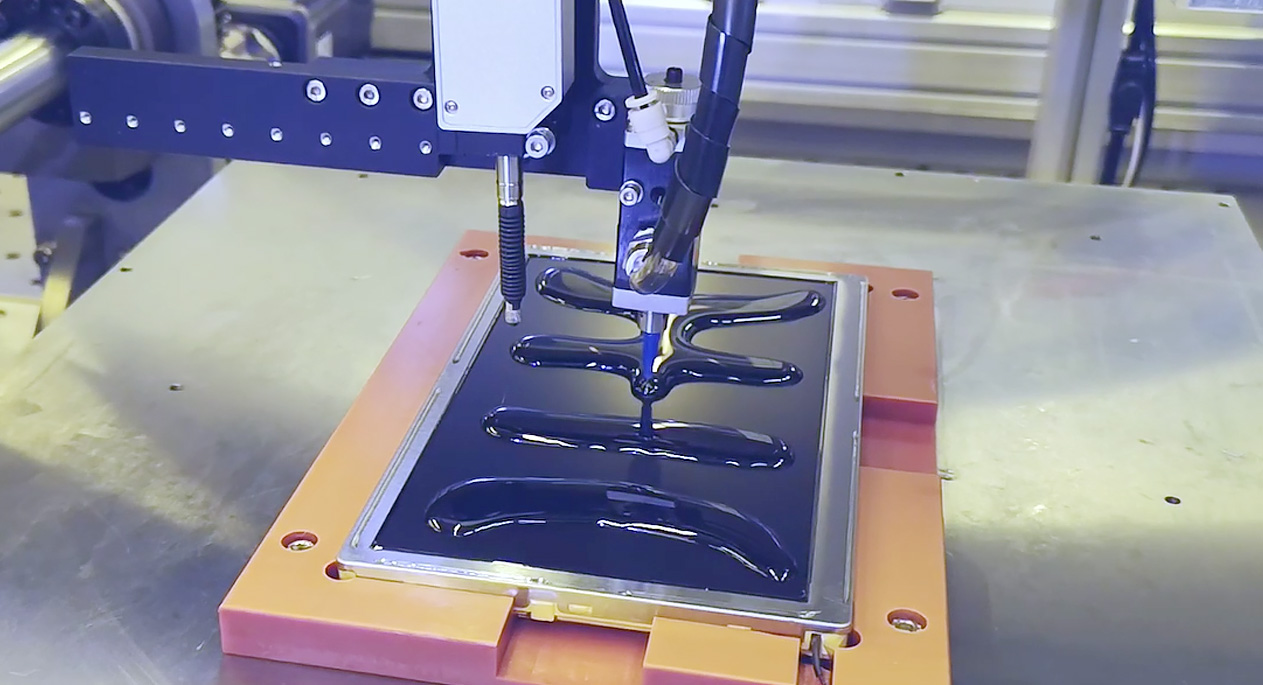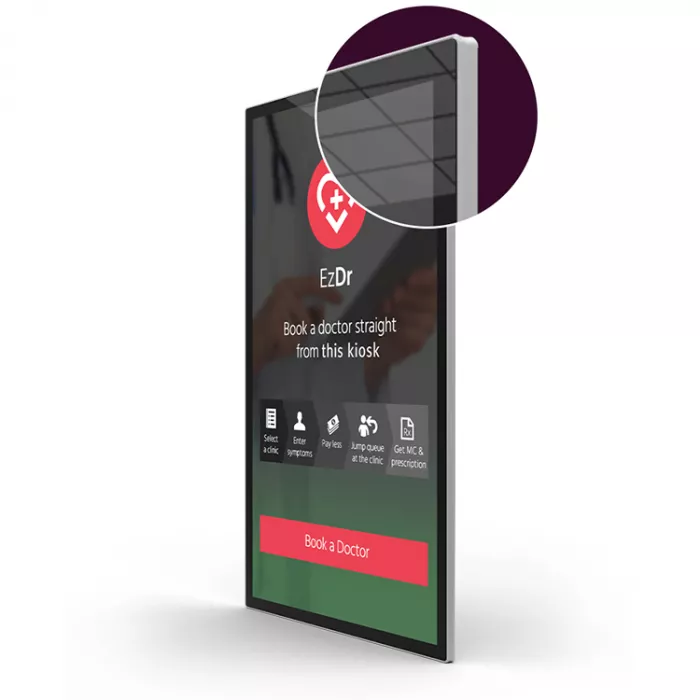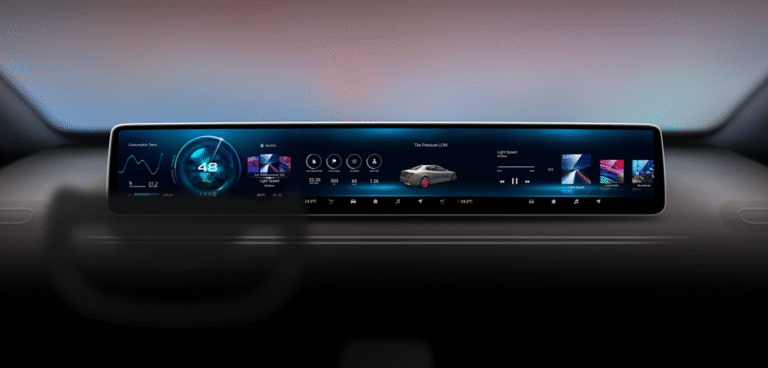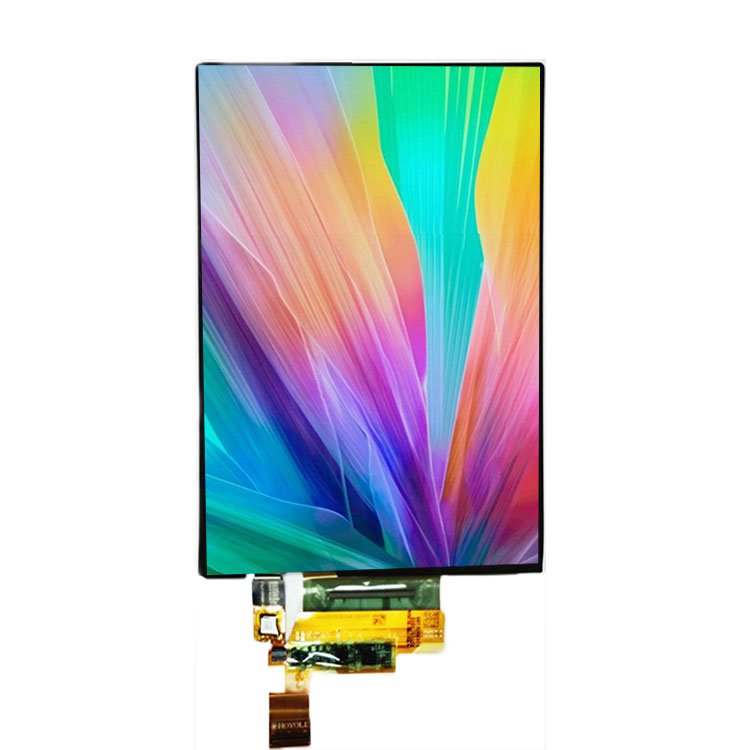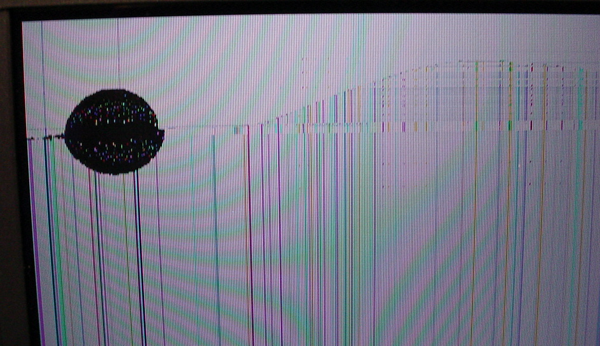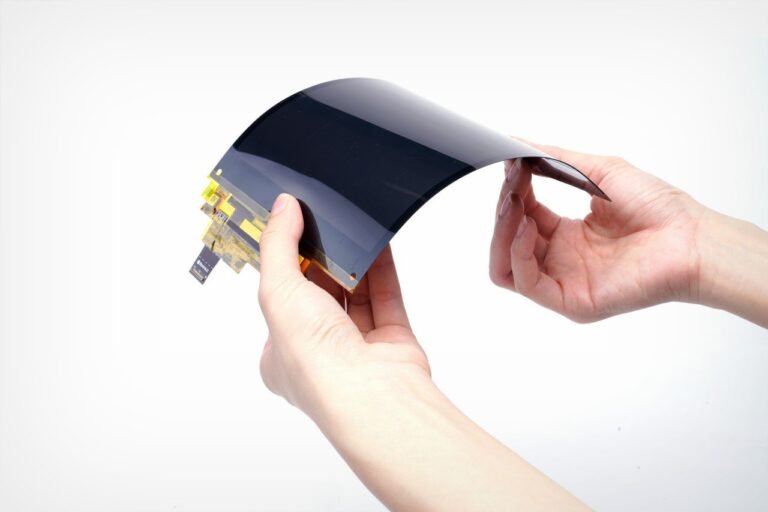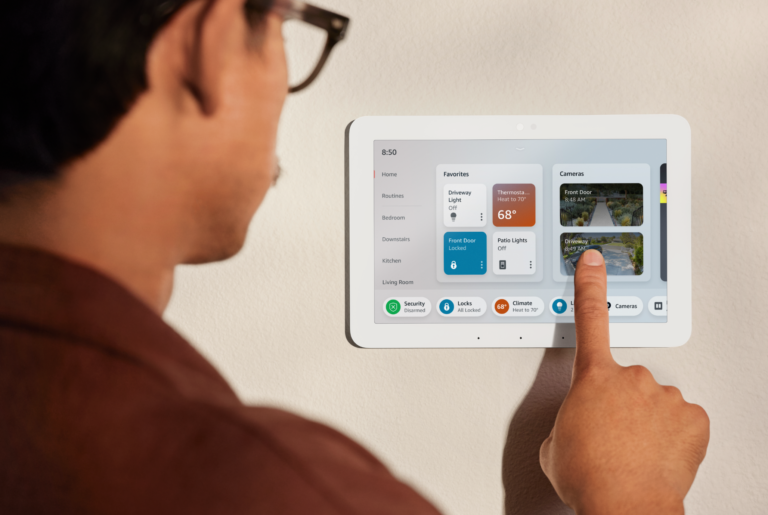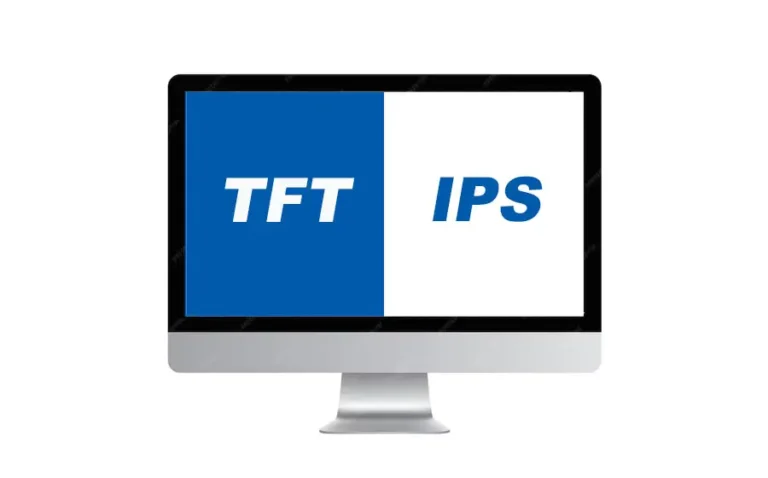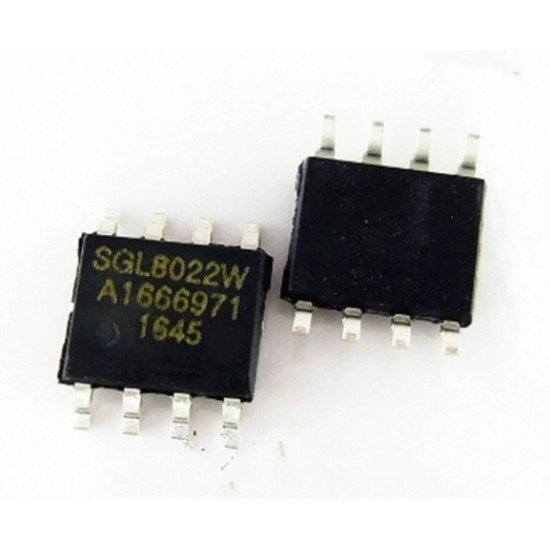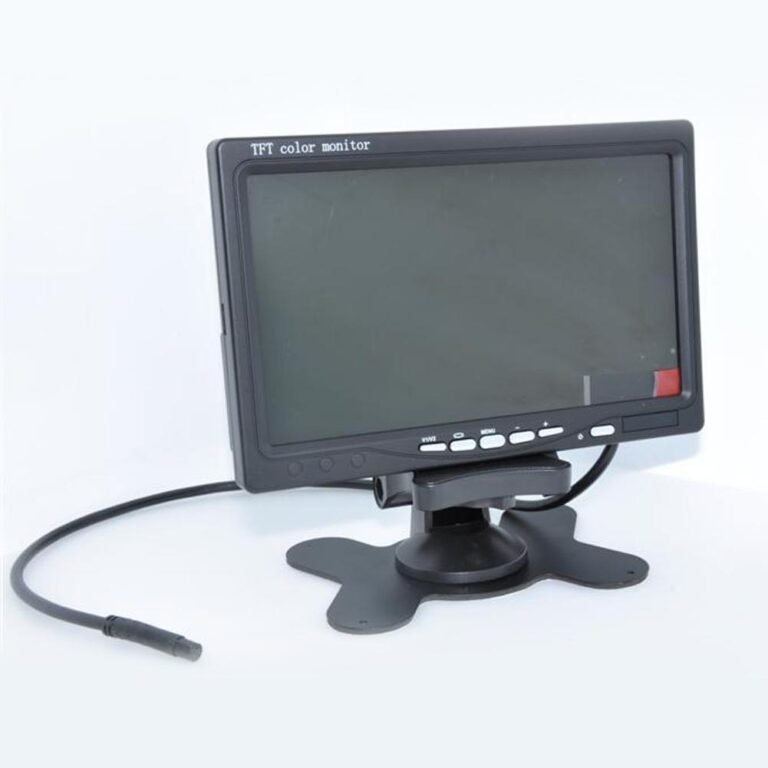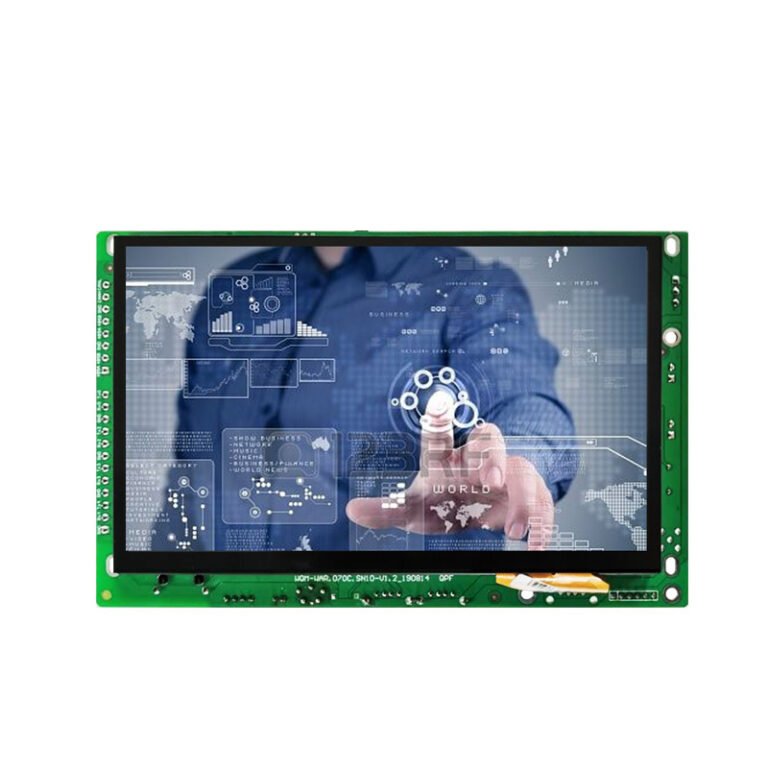Why Lamination Matters: Real-World Value You’ll Notice
When you bond the cover glass, touch panel, and LCD into a solid, gap-free stack, something magical happens. You stop losing contrast to internal reflections. Your display becomes more dust- and moisture-resistant. The screen survives knocks that would crack unbonded glass. And your touch responsiveness improves—especially in rugged or outdoor settings.
Optical bonding, one of the most common lamination approaches, has been shown to reduce internal reflections by up to 65%, improving contrast and readability in bright conditions—all without boosting backlight power. It even prevents condensation between layers (goodbye fog!) by sealing out moisture completely.
Understanding the Layers: From LCD to Finished Glass Stack
A laminated TFT LCD stack typically includes:
- Cover glass or lens
- Optional touch sensor layer (e.g. PCAP)
- Optically clear adhesive (OCA or LOCA)
- TFT LCD 패널
Every micron of alignment matters. Misaligned adhesives or uneven pressure can introduce visible optical distortions or touch inaccuracies.
Types of Lamination: OCA, LOCA, or Leaving an Air Gap
Dry Lamination – OCA Film
Pre-cut adhesive film is placed between the glass and display, then bonded under heat and pressure. It’s quick, repeatable, and well-suited for high-volume production—though it struggles to compensate for slight irregularities in surfaces
Wet Lamination – LOCA / OCR Resin
Liquid adhesive is dispensed precisely, flows to fill gaps, and then cures (often via UV). This allows air-bubble-free bonding with complex glass shapes and touch components. LOCA offers better gap tolerance and reworkability, though it requires clean, controlled operation. Early sources on mobile repair forums warn about messy LOCA handling and emphasize that it’s increasingly deprecated in favor of OCA due to long-term consistency issues.
Air Gap (No Lamination)
Simple spacer-based approach—fast, cheap, and easy to rework. But it allows internal reflection, reduces touch clarity and durability, and is not appropriate for harsh environments.
Lamination Process Unpacked: A Step-by-Step Flow
- Cleaning & Pre-Alignment: Glass and panel are bathed in cleaning solution, then aligned by robotic or visual systems in cleanroom settings.
- Adhesive Application: OCA film is placed and bonded; LOCA is dispensed via syringe or dosing equipment.
- Bonding & Compression: Layers are compressed evenly under vacuum or heat to eliminate air and secure adhesion.
- Curing: Films use heat or pressure; LOCA typically cures under UV light.
- Quality Check: Inspect for bubbles, misalignment, adhesion strength, stray moisture or touch anomalies.
These steps require tight control: even one speck of dust can ruin optical clarity. Hence Class‑1000 (ISO 6) or better environments are common in manufacturing.
Benefits That Engineers Actually Appreciate
Enhanced Optical Performance
With no air gap, ambient light doesn’t bounce around between layers. Result: brighter images, stronger contrast, and readability even under direct sunlight—without increasing backlight intensity.
Better Touch Accuracy
Removing parallax (the visual shift when touching through a gap) enables more accurate, immediate touch response. Perfect for medical or industrial touch UIs.
Increased Mechanical Strength
The bonded adhesive layer absorbs shock and prevents dust or moisture ingress. It’s a structural reinforcement, not just cosmetic protection.
Reduce Fogging Risk
Condensation between air layers is eliminated. That solves a common long-term reliability issue in humid, temperature-variable environments.
Technical Considerations & Trade-offs
Which Adhesive to Use?
- OCA film: Fast, low-waste, consistent—but struggles with uneven surfaces.
- LOCA/OCR resin: Flexible and gap-filling—but UV curing and handling must be precise to avoid defects.
Quality LOCA avoids yellowing (commonly seen in epoxy or polyurethane adhesives), lasting longer in high UV or temperature conditions.
Bubble Management
Liquid adhesives like LOCA present a risk of bubble formation if curing is uneven or contaminants enter. Even one bubble can create visible artifacts or weak touch sensitivity.
Alignment Precision
Even a 10 µm offset or tilt can cause visual distortion or skewed touch. High-precision alignment rigs and vacuum bonding tools are critical in production.
Rework & Repair
Removing bonded layers (especially LOCA) is difficult. OCA removals are slightly easier but still risky. Most surfaces are considered permanent after bonding.
Trends & New Frontiers
- Flexible and curved displays increasingly use LOCA-style resin that can tolerate bending while maintaining clarity.
- Nano-textured and anti-reflective coatings now combine with lamination for glare reduction without sacrificing color fidelity.
- UV-resistant, flexible silicone adhesives extend display lifetimes and reduce shrink-related issues common in acrylic-based bonding systems.
Common Problems & Pitfalls
- Delamination often stems from surface contamination or misalignment during bonding.
- Yellowing may appear with low-grade adhesive over time, especially in UV-rich environments.
- 터치 드리프트(Touch drift) 또는 고스팅(ghosting) 기포나 불균일한 접착제 도포로 인해 센서 반응성이 저하될 때 발생할 수 있습니다.
- 수리: 접합된 모듈은 손상 없이 분해하는 것이 불가능한 경우가 많으므로, 처음부터 정확하게 작업하는 것이 최선입니다.
실제 적용 사례: 접합(Lamination)의 활용
- 자동차 디스플레이 내진동 강도와 야외 가시성 확보를 위해 LOCA 접합 방식을 적용합니다.
- 산업용 HMI 가혹한 공장 환경에서 먼지, 수분, 결로에 견디도록 밀폐형 접합 방식을 사용합니다.
- 의료용 모니터 선명한 화질, 일관된 터치 성능, 위생적 밀봉을 위해 고품질 접합 방식을 적용합니다.
- 디지털 사이니지 및 키오스크 접합을 통해 눈부심 감소와 내파손성 향상의 이점을 얻습니다.
자주 묻는 질문
OCA와 LOCA 접합의 차이는 무엇인가요?
OCA는 고형 접착 필름으로 빠르고 깨끗하며 일관된 접합이 가능합니다. LOCA는 액상 수지로 불규칙한 표면을 충전하며 더 나은 경사 허용도를 제공하지만, 신중한 경화 과정이 필요합니다.
접합이 항상 필요한가요?
항상 그렇지는 않습니다. 터치 기능이나 야외 노출이 없는 실내용 저가형 화면의 경우 에어 갭 방식으로도 충분할 수 있습니다. 하지만 대부분의 내구성 또는 인터랙티브 애플리케이션에서는 접합이 성능을 크게 향상시킵니다.
접합 디스플레이는 야외 환경에서도 견딜 수 있나요?
그렇습니다. 반사 방지 코팅과 적절한 접착제 선택을 통해 접합 디스플레이는 야외 광조건과 극한의 온도에서 비접합 디스플레이보다 훨씬 우수한 성능을 발휘합니다.
접합이 터치 정확도를 향상시키나요?
그렇습니다. 접합은 시차(Parallax)를 제거하여 터치 센서를 사용자에게 더 가깝게 만들어 반응성을 향상시킵니다.
접합은 디스플레이를 더 비싸게 만들나요?
제조 원가가 증가하는 것은 사실이지만, 사용성, 신뢰성 및 화질 측면에서의 trade-off(상쇄 효과)로 인해 추가 비용은 일반적으로 상쇄됩니다.


